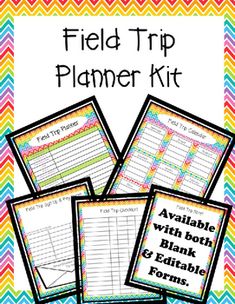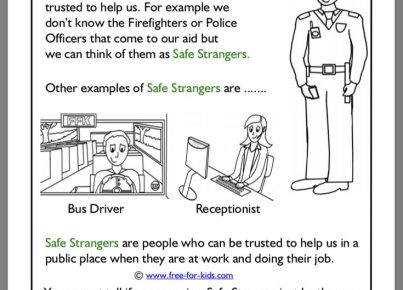Heading out of the classroom and into the world, field trips are an exciting opportunity for hands-on learning and exploration. However, ensuring they go smoothly requires careful planning and organization. This comprehensive checklist will help educators, chaperones, and participants be fully prepared for an educational and enjoyable trip.
Pre-Trip Preparations:
– Obtain necessary permissions and paperwork from school administration.
– Prepare and distribute permission slips for parents or guardians to sign.
– Develop an itinerary with timelines including departure, arrival times, and scheduled activities.
– Arrange transportation and confirm details a few days before the trip.
– Book any tickets if visiting museums, parks, or historical sites with entry fees.
– Ensure adequate adult supervision; this might mean recruiting parent volunteers as chaperones.
– Gather a list of all participants’ emergency contact information, medical needs, and allergies.
– Create name tags or identification bracelets for younger students.
Packing Essentials:
– First aid kit for minor injuries or illnesses.
– Sunscreen and insect repellent depending on location and season.
– A map of the area or GPS device for navigation.
– Snacks and water bottles—consider dietary restrictions and allergies.
– Appropriate clothing for the weather including extra jackets or change of clothes if necessary.
– All tools or materials needed for activities planned during the trip.
Day Before the Trip:
– Reconfirm details with any visited venues or guides.
– Reconfirm transport arrangements.
– Send reminders to students and parents about departure times and any items they need to bring.
– Charge any electronic devices needed for the trip, such as cameras or tablets.
Day of the Trip:
– Arrive early to organize groups, take attendance, and ensure everyone is present before departure.
– Go over behavior expectations with students, stressing safety rules especially.
– Take head counts frequently, particularly when transitioning from one place to another.
– Engage students in learning experiences by asking questions related to the trip’s educational objectives.
Post-Trip:
– Collect any distributed materials like worksheets or equipment used during the trip.
– Ensure all students are picked up by authorized individuals if necessary following return to school.
– Conduct a debriefing session with participants to discuss what they learned.
Immediately following these steps will help create a positive experience where learning can be at its maximum. These experiences often leave lasting memories; having a plan ensures they will be remembered fondly rather than marred by any overlooked details.





